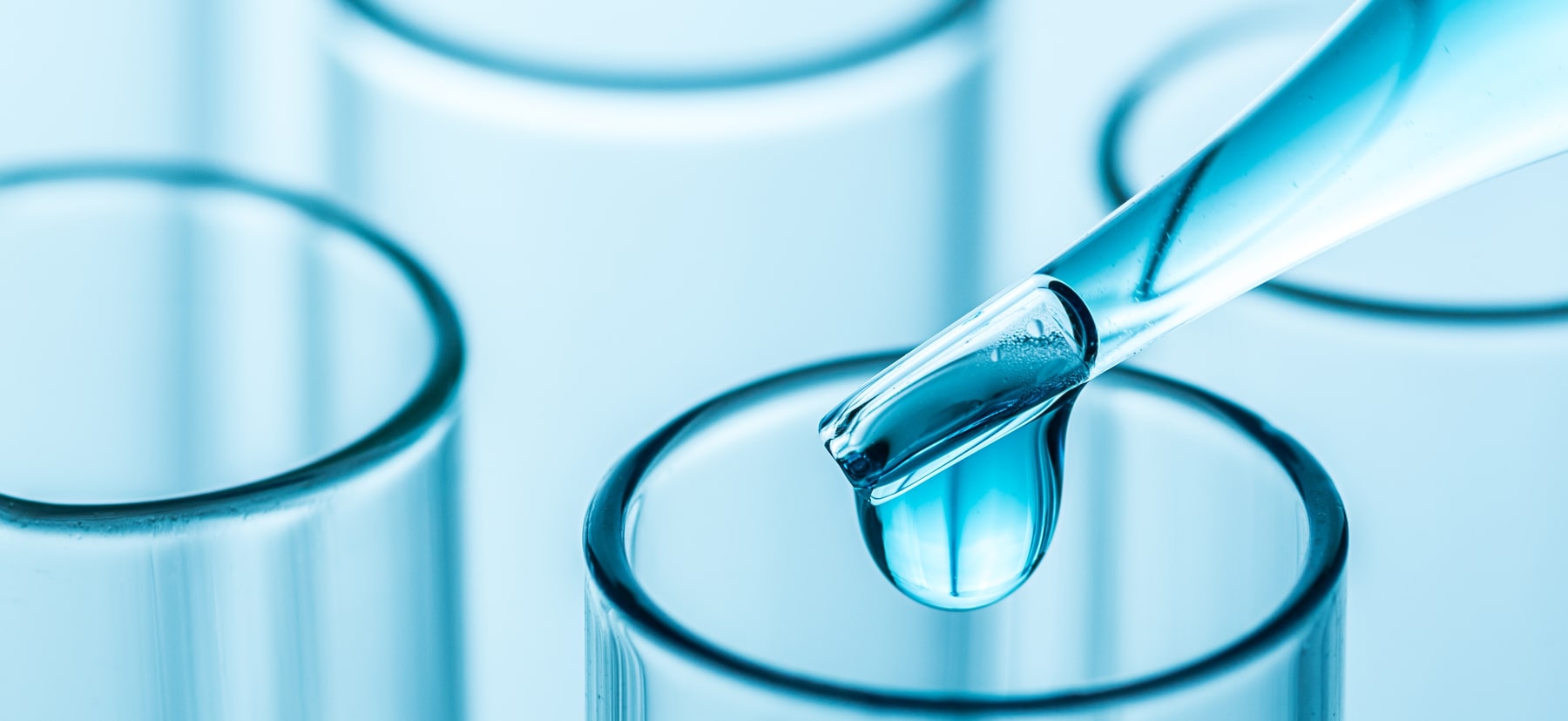Where does hyaluronic acid come from?
Hyaluronic acid (HA) was discovered in 1934 but has only been used in cosmetic and aesthetic products since the 1990s. It is naturally present in our body, and in particular in our skin, where the majority – 50 to 70% – of it is located. Most hyaluronic acid is stored deep in the dermis. Skin cells constantly produce hyaluronic acid, although it deteriorates very quickly – in less than a day! This very short life cycle is why the need for it is so high.
What is hyaluronic acid's role in skin?
Hyaluronic acid serves as skin’s main water resource. It helps to preserve skin’s basic structures and is among the best treatments for dehydration and loss of firmness. In fact, hyaluronic acid rapidly became immensely popular because it fulfills a variety of roles in keeping skin hydrated, plumped, smooth and soft.
Hyaluronic acid throughout life
Hyaluronic acid is fragile, and unstable over time. Our body’s own production progressively drops, starting as early as 20 years old. The deficit becomes even greater if there has been excessive exposure to external environmental stressors (UV rays, pollution, different treatments…). When Hyaluronic acid is poor in quality, or not enough is produced, the first signs of aging appear: fine lines from dehydration, followed by wrinkles and a loss of firmness.
What does hyaluronic acid do for your skin ?
Hyaluronic acid has multiple benefits for skin: it contributes in particular to keeping skin plumped and deeply hydrated, so that it stays smooth and firm.
- Like a sponge that holds 1,000 times its weight in water!
Hyaluronic acid plays an essential role in regulating skin’s hydration. It holds water and reduces water loss.
- A natural filler that replumps skin
Acting like cement, hyaluronic acid fills in the empty spaces between tissues. It naturally fills out volumes, and therefore reduces the appearance of wrinkles. This is the main reason it’s used in aesthetic medicine. Thanks to HA, skin is smooth and soft. Intensely hydrated, it is supple and bursts with health.


